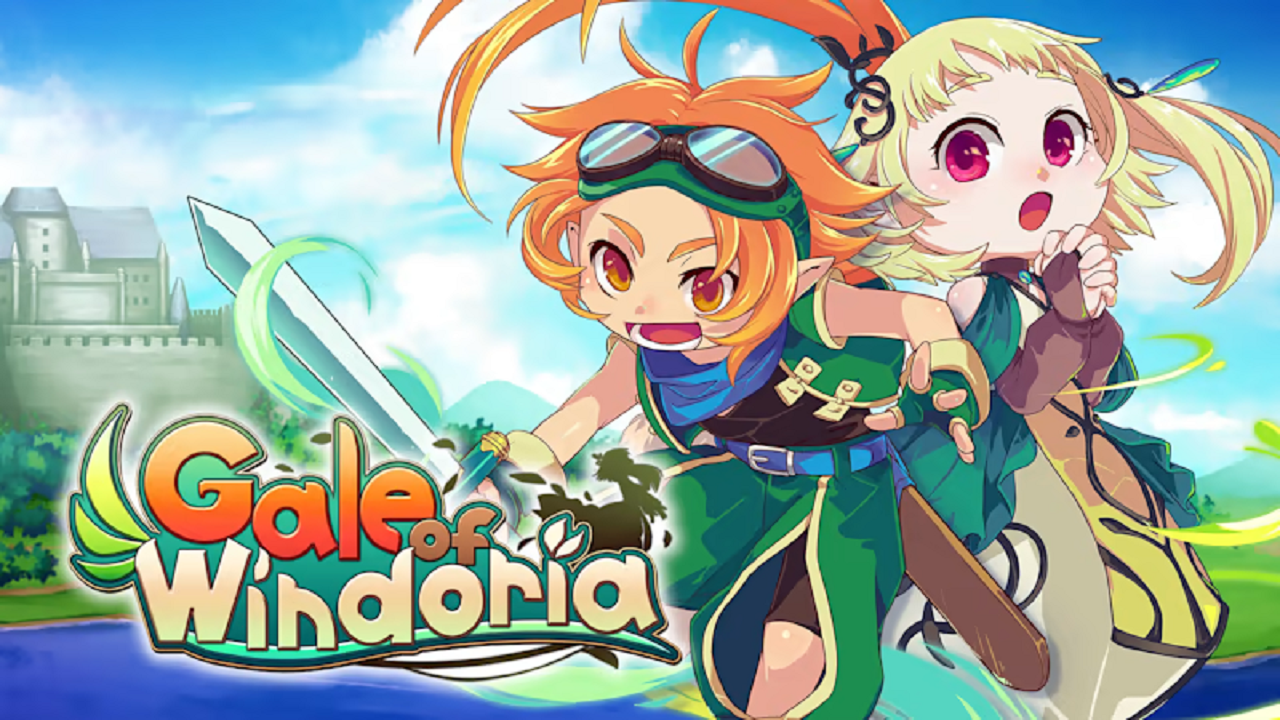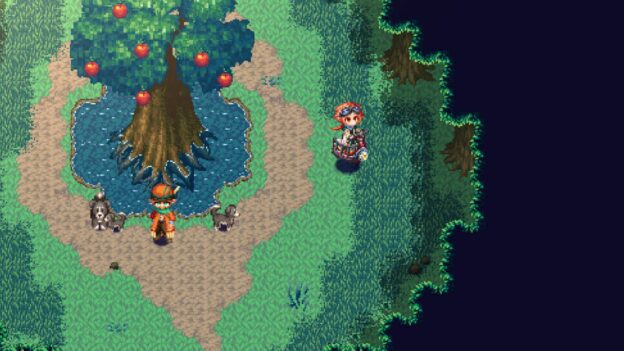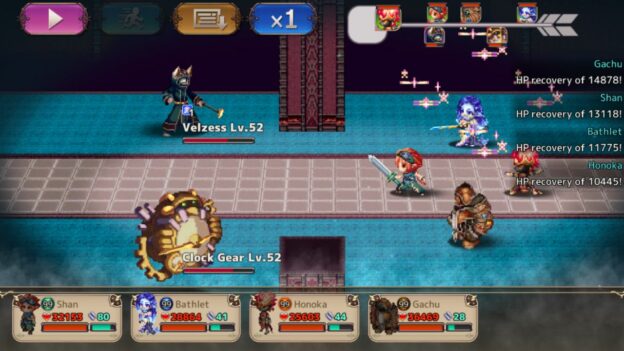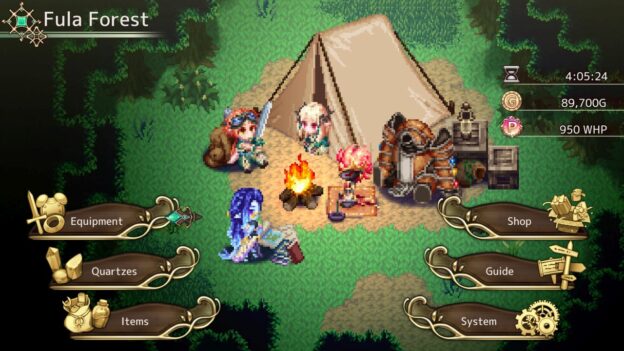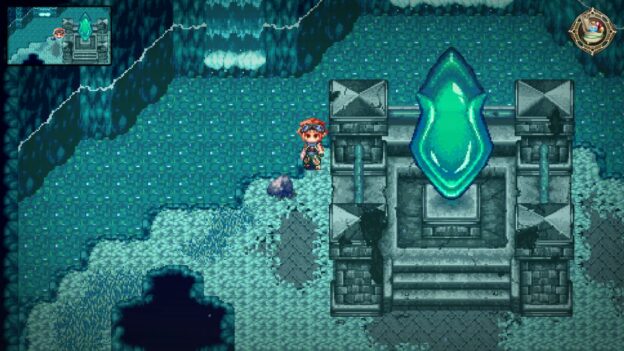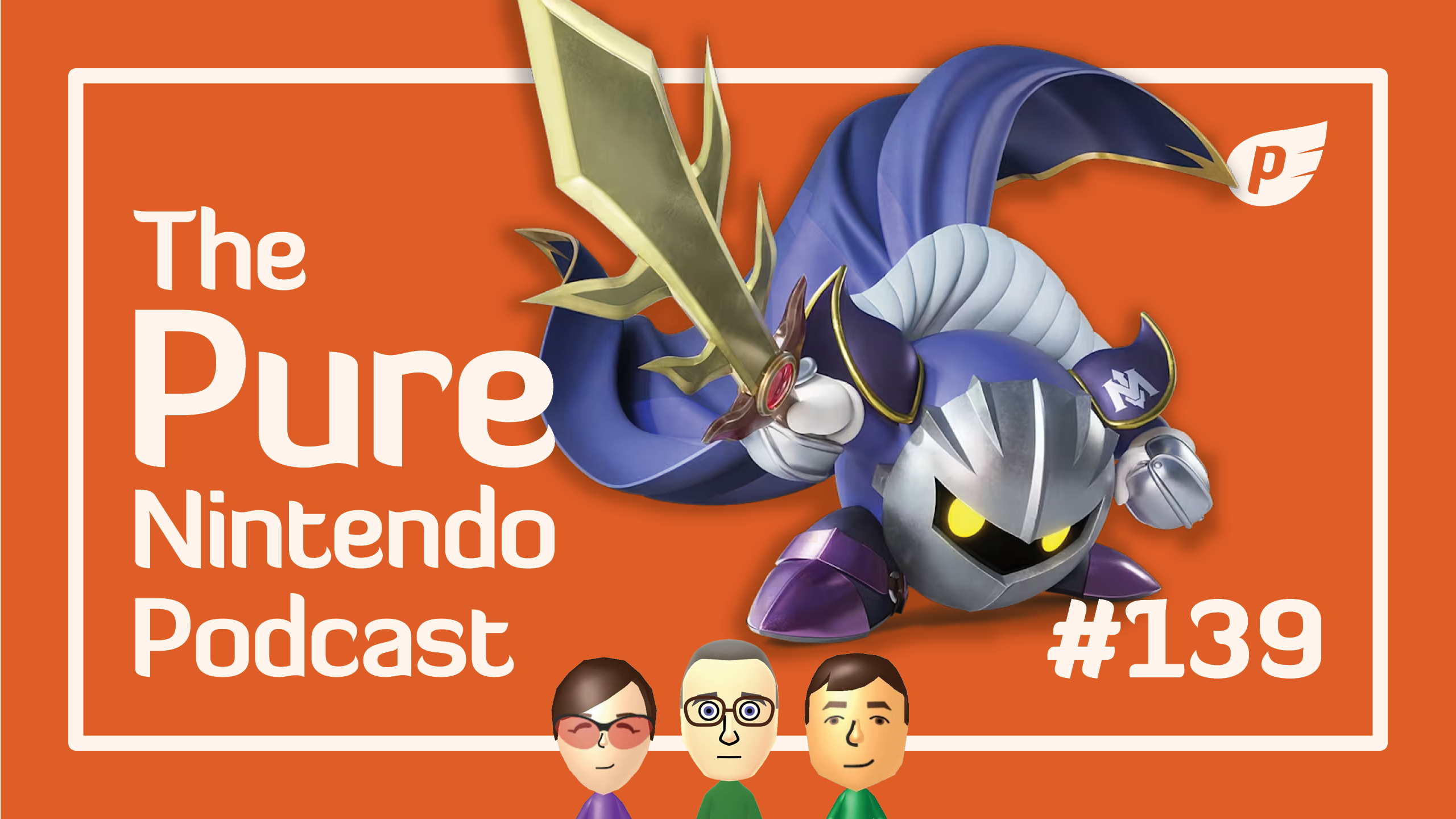Hit-Point is back with another RPG, Gale ofWindoria Despite what the clickbait heading on another Nintendo website stated, there is absolutely nothing Zelda- motivated about this. It’s a conventional RPG, the kind KEMCO is understood for publishing. They have actually released many that we can’t potentially maintain. And fact be informed, they can blur together.
Often, what raises among these titles is the plot. Sadly, Gale of Windoria’s story is irregular. It begins with a mom informing “a story of legend” to a young child. You’ll quickly take control of a young kid calledShan Eventually, together with his wonderful band of essential allies, he’ll discover himself attempting to conserve his buddy from being a live sacrifice and the world from a cult and wicked divine being. It has its minutes, more so in the earlier goings, however it doubles down on cliches the even more you go.
Gale of Windoria appears to have its sights set on a kind of technomancy/magitech hybrid. Still, other video games from this developer/publisher duo have actually pulled it off much better. Honoka, the fire maiden, states it finest:“Unknown technology, eh…For me, that’s just like magic” The balance absolutely ideas in favor of the latter, frequently in silly methods. Even Shan confesses he can’t follow everything.
Deities are utilized as minimal-effort story tropes. Your robotic Gachu? It’s insufficient that he’s armored, filled with circuits, and has a mechanical brain; he’s likewise a golem powered by magic. Your flying ship? Scientific advanced tech is cool, however it requires a divine being spirit to power it. Not just does this offer the tech angle short, however it makes pleasing descriptions unusual. Slap a divine being on it and stop. Some of the bush-league writing can be eye-rolling sometimes.
In regards to gameplay, you have your basic turn-based fights and dungeon crawling fighting all good manners of mutants and beasts. The essential angle comes primarily by means of your allies. While Shan can just utilize wind, Bathlet, for instance, makes ice platforms so you can browse over water. Gimmicks like these are practical for opening courses in the dungeons. After each opponent encounter, your health and ability points go back totally, as seen in other Hit-Point RPGs likeMonster Viator So no inns to sleep at or potions to purchase, producing a breezier experience. The mini-map (in numerous however not all KEMCO-published RPGs) is likewise valued for expedition. Whether these components make the video game err on the side of ease is subjective.
What can make the video game objectively simple is the typical KEMCO DLC. I have actually played numerous video games from this publisher, however this was the very first time I chose to examine one out. So I chose “Experience x3, where experience gotten in fight is tripled, at $4.99. Short of the 2nd wave of the last employer (which I will not ruin), I believed the video game was too simple. Saving your cash and grinding the conventional method may be more suitable. If you get tired, utilize auto-battle (though the CPU isn’t intense); it’s not as bad as I have actually seen in others.
The relative ease leaves me with little to state about the Quartz fight system. On paper, you browse through chaotic menus and little icons to raise your statistics, get brand-new abilities, etc. But in practice, it’s hardly ever required. Once I arrived on a series of go-to relocations, my desire to experiment compromised. It wasn’t till that last employer that I felt likely to appropriately purchase it due to the trouble spike.
My sensations resemble Machine Knight (likewise from the exact same dev/publisher duo) so permit me to estimate from that evaluation. (alternative board for Quartz) “There’s depth potential for those wanting to really delve into it, but at the same time the board can also be pushed more towards the background and fiddled with just on occasion.” Were this my very first KEMCO-published RPG, I most likely would not bat an eye. But after playing many, I was left wishing for more. Strangely, there’s no post-game material in this one, even more removing the requirement to dive deeply into the fight system.
Graphically, Gale of Windoria is a fairly appealing video game from this dev/publisher combination. Hanahana (the Land of Earth) particularly impresses with its lavish plant. Occasional scenes of background images offer a pleasing sense of scope. The characters all vary in look, showing their essential background. The absence of character pictures injures, however. In theory, enjoyable screen art might compensate, however these screens are so rare they stop working to make much of an effect. The supporting music does not constantly healthy (some smooth jazz), however I liked it. I even got a favorable remark from my partner when she heard it. Aesthetics, while normal, are succeeded for what they are.
Overall, Gale of Windoria is among the more typical RPGs I have actually played. The story is irregular, the fight system alternatives mainly unneeded, and the absence of post-game material makes it an outlier among its contemporaries. So while the breezy familiarity can hold some appeal for fans, if you’re trying to find things you have not seen prior to, I ‘d look somewhere else.
Where should you look? How about beginning with Crystal Ortha, another Hit-Point RPG released by KEMCO.

